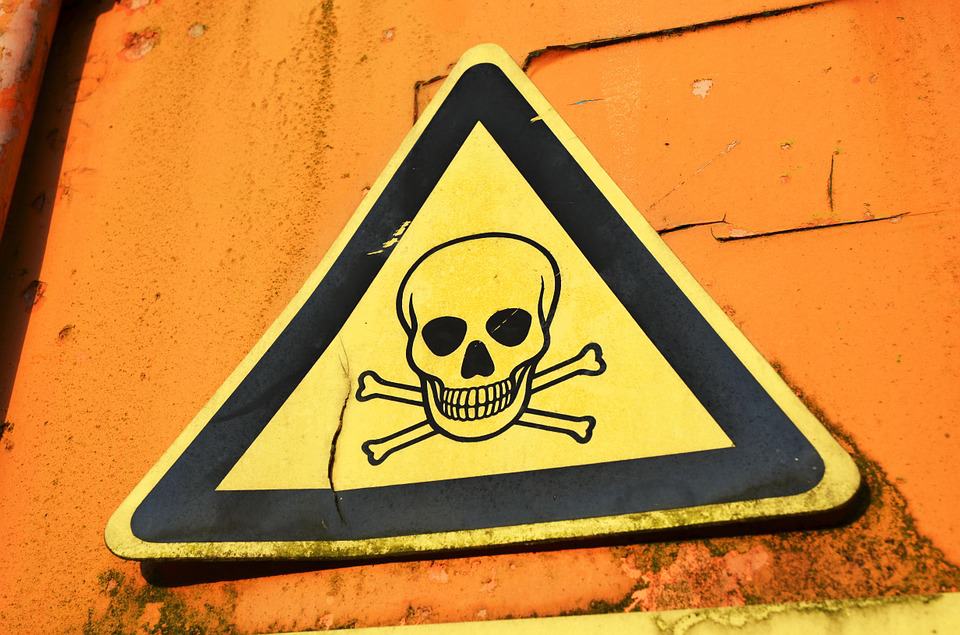
Trichloroethylene and tetrachloroethylene (perchloroethylene/PERC) , more commonly known as TCE and PCE, are man-made chemicals that can cause significant health concerns. Colorless and difficult to detect, these compounds often present health risks without even making their presence known. Here’s what you should know about TCE and PCE and how best to protect yourself from their effects if you believe you’re at risk of exposure.
Who’s Most at Risk and What Are the Hazards?
Those most vulnerable to the side effects of these compounds include pregnant mothers, young children and the elderly. Unborn babies may develop liver or heart defects. Exposure to TCE and PCE for long periods can cause organ damage as well as significant damage to the immune and the nervous systems.
Where Are TCE and PCE Most Commonly Found?
TCE and PCE are used principally in industrial manufacturing. Certain areas or building types are most susceptible to TCE and PCE contamination. Laundromats and repurposed manufacturing buildings, for example, are two of the most common suspects for TCE and PCE contamination. Many old warehouses or large buildings get repurposed into duplexes, apartment complexes, or even art museums, and the people who move into these repurposed structures are breathing in TCE and PCE without even being aware of it.
In addition to being used in large industrial facilities, TCE is in household items as well. According to the Virginia Department of Health, “Trichloroethylene is used in many consumer products. Examples include typewriter correction fluids, paint removers, paint strippers, adhesives, spot removers, cleaning fluids for rugs, and metal cleaners.” A difficult pill to swallow is the fact that many of the people dealing with these harmful side effects are unaware that TCE or PCE is even present in the area since these chemicals are colorless, nonflammable, and TCE can even have a sweet, non-chemical smell.
The Texas Department of State Health Services recommends people to get a blood and/or urine test if they are worried about potential exposure to TCE or PCE. However, blood and urine tests will not show what effects have been caused and many doctors will not perform these specific tests as they are not as common as generic blood/urine tests.
Fortunately, there are ways to help reduce your exposure to these harmful chemicals. Two of the best ways that the Texas DSHS recommends for reducing exposure have to do with your home ventilation. If you have a crawlspace, keep the vents open with nothing blocking air from ventilating through the crawlspace. The second method is to keep your home ventilated whether it be through air purifiers or open windows circulating fresh air.
Options that are more effective but also cost more include more permanent remediation as well as short-term solutions. Air purifiers are frequently used for TCE and PCE contamination to create a safer environment. When looking at air purifiers, there are some very important details to be aware of while you shop around. A few common terms you will hear with air purifiers include ACH (Air Changes Per Hour), air flow, dwell time, and carbon. The key is balancing the speed of the air purifier with the rate of the contaminant entering the area.
Other important features the unit needs are a substantial amount of carbon to adsorb and a sufficient dwell time to filter the contaminants effectively. At US Air Purifiers, we offer a variety of high-quality air purifiers for TCE or PCE. Although these are high-quality units, air purifiers are not always one size fits all. Feel free to reach out to us if you have any questions or are considering other brands and/or configurations.







